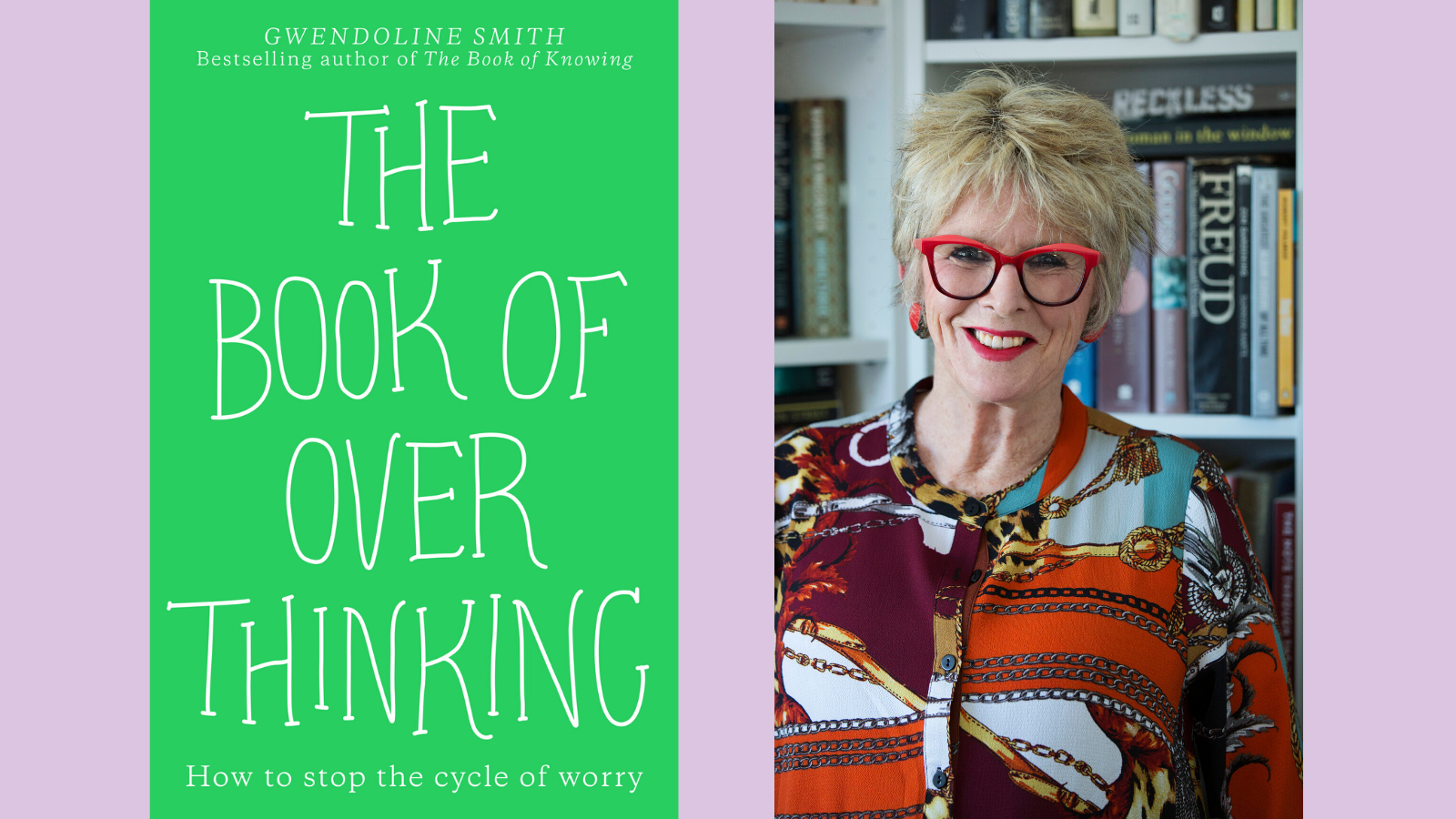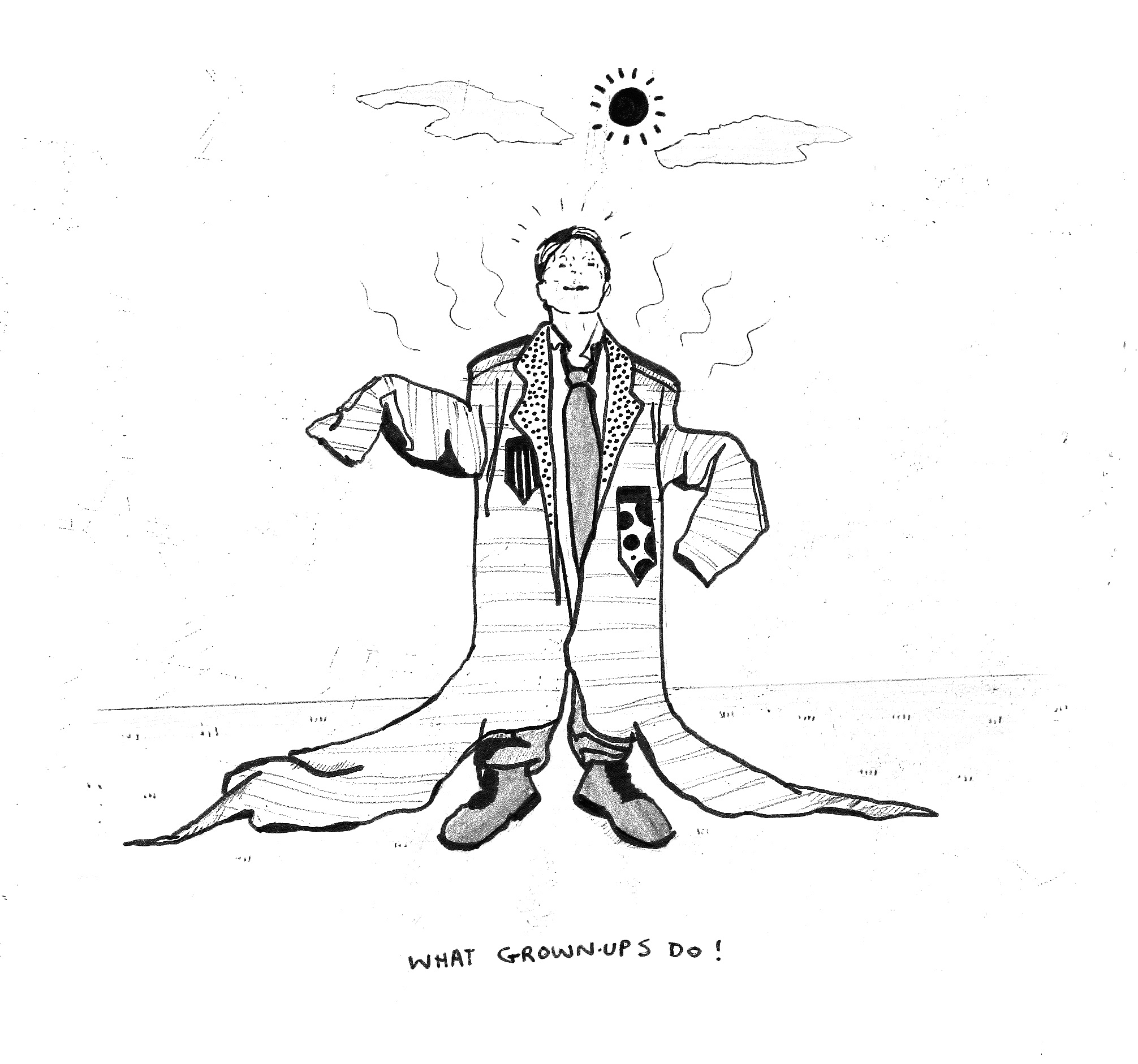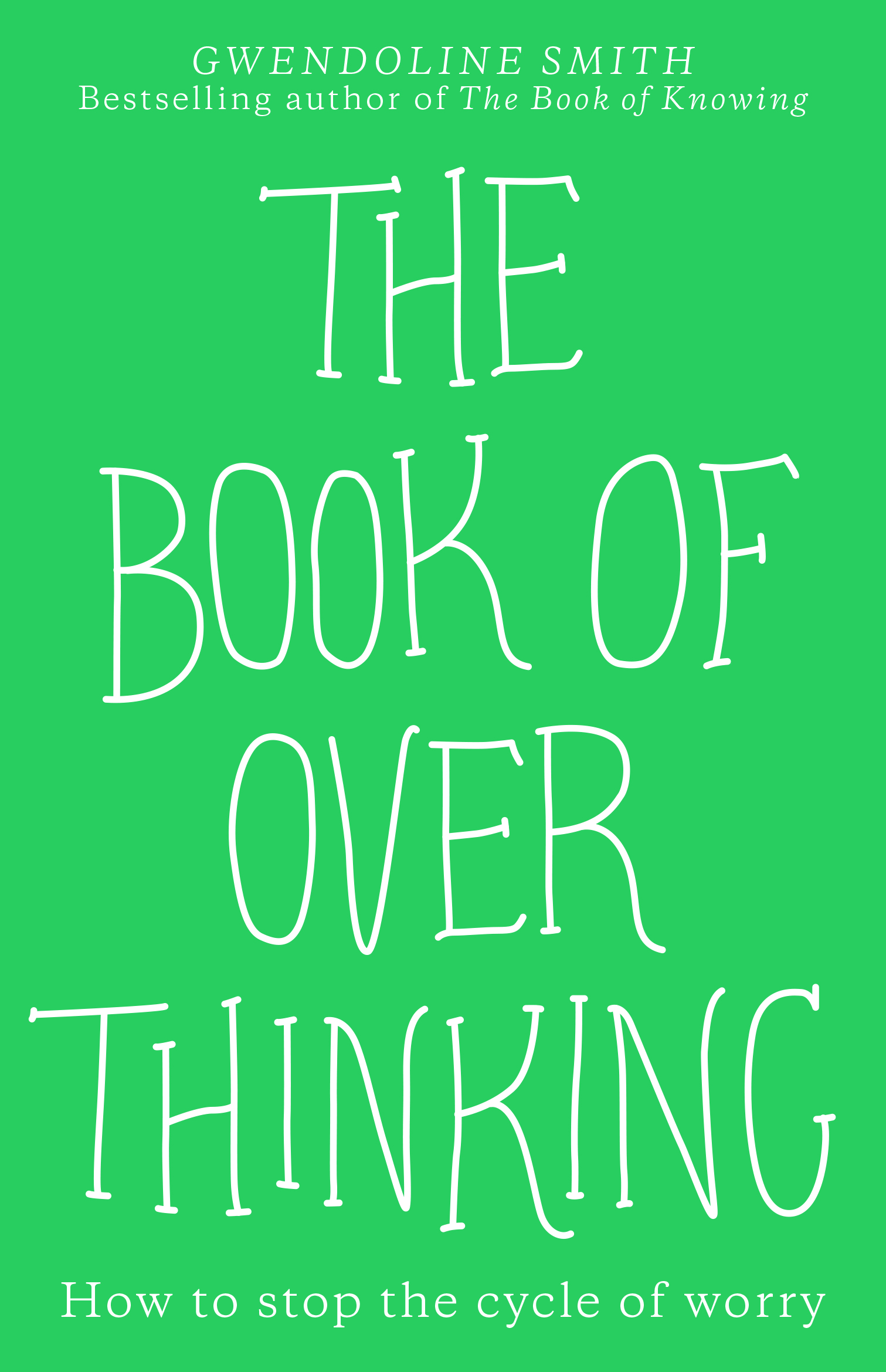Last year, Gwendoline Smith’s The Book of Knowing was a huge hit with teenage readers across the country. Now, Gwendoline has followed it up with a companion book, The Book of Overthinking – this time with a bent towards older readers while making use of her same great pool of knowledge. Louisa Woods reviewed The Book of Knowing for us last year, so we were delighted to get her take on the follow-up.

In a follow up to her highly successful book for teenagers, The Book of Knowing, psychologist Gwendoline Smith brings us The Book of Overthinking. Writing this time for an older audience, Smith aims to support older teens and adults to challenge and control their ‘worrisome overthinking’ and lead a happier, healthier life.
The first part of the book explains the science behind overthinking and examines the impact it can have on our bodies, behaviours, emotions, and cognition. Here’s a hint: none of it is good news. Smith notes that anxiety and overthinking are a ‘union of devilish partners’ and have a strong connection with depression. Many of us may feel resigned to overthinking as a regular part of our lives, or even see it as useful because of what Smith describes as the myths of ‘the preventative power of worry’ (if I’ve got all the bases covered and have thought about every possibility then nothing bad will happen) and ‘the predictive power of worry’ (something is bound to go wrong, and it’s best to be prepared).
The first part of the book explains the science behind overthinking… Here’s a hint: none of it is good news.
The book argues that while some level of anxiety is natural and can be helpful, overthinking is not. It makes a convincing case for taking control of unhelpful thinking as a way of improving our overall health and wellbeing.
The main section of the book is a series of chapters framed as therapy sessions in Smith’s office, and aimed at giving readers information and strategies to support them in ‘overcoming overthinking’. They progress through the sort of treatment plan Smith would implement with a ‘worrisome overthinker’ one-on-one, or as she puts it, ‘just you, me, and the whiteboard’.

Using cognitive behavioural therapy (CBT) as her therapeutic model, Smith has the reader – in the role of the client – examine their thinking, identify unhelpful thinking patterns, and use a range of strategies to challenge and change those patterns. Smith manages to explain some complex psychological concepts in an accessible and engaging way through her use of humour, illustrations, and metaphors. She likens the mind, for example, to a computer, and the irrational thinking patterns that can plague us at times to viruses that infect the system.
Smith manages to explain some complex psychological concepts in an accessible and engaging way through her use of humour, illustrations, and metaphors.
Smith also challenges some commonly held beliefs about solutions to overthinking; two of my least favourite pieces of advice – ‘think positive’ and ‘just don’t think about it’. Many people try both of these strategies to control their thinking, and when neither works very effectively, feel guilty or worried about why nothing has changed! It’s reassuring to hear from an expert who tells us that the problem lies with the strategy and not with us.
Instead of these tried and not-so-true strategies, the book provides some practical, relatively simple tools for reducing overthinking. The decatastrophising scale, thought record, flashcards, and worry decision map included in the book have been proven effective (both by research and in Smith’s extensive experience) to support people of all ages to overcome overthinking.
Instead of these tried and not-so-true strategies, the book provides some practical, relatively simple tools for reducing overthinking.
Also useful is the inclusion at the end of the book of an ‘Important Stuff to Remember’ section that reviews the key points made earlier in the book, and an appendix summarising the different thought viruses and how to recognise them at work. The book as a whole is easy to dip in and out of as needed, but the summaries allow for a quick reminder when you feel your thoughts start racing.
The book would also be useful for parents who are supporting a young person who lives with overthinking or anxiety. It helps readers to understand the hows and whys of anxiety, something that parents sometimes grapple with if they have not experienced these feelings themselves. While the strategies Smith shares are presented as tools for self-help, it would be easy to share these (or indeed the whole book) with the young people in your life and support them in using them.
Although Smith introduces the book as ‘essentially a sequel to… The Book of Knowing’, it reads more like an adult version of the original book than a true sequel. There is more science in this book, the examples Smith uses to illustrate her points are more relevant to adults, and the language is more complex, but much of the content is the same. Smith acknowledges at several points that she is plagiarising herself when repeating some information, but I couldn’t help but feel that the whole book is a second version of The Book of Knowing.

The 2019 book focuses on helping teens understand how they think so they can control how they feel, and The Book of Overthinking has the same intent, if a different audience, and shares very similar information, particularly in the second and third parts of the text. In and of itself, that is not a bad thing – the information and strategies included in the text are useful and relevant, and would no doubt provide some relief for those people who struggle with overthinking – but if you have read The Book of Knowing, then you may not need to read this. If you haven’t, then The Book of Overthinking will be a useful and enjoyable read.


Louisa Woods
Louisa Woods is a counsellor and former English teacher, currently living in Blenheim with her husband and three children. Much of her writing focuses on supporting, and communicating with children and adolescents and she takes great pleasure in being able to combine her love of books with her passion for working with our young people in writing for The Sapling. You can find her on Facebook.



